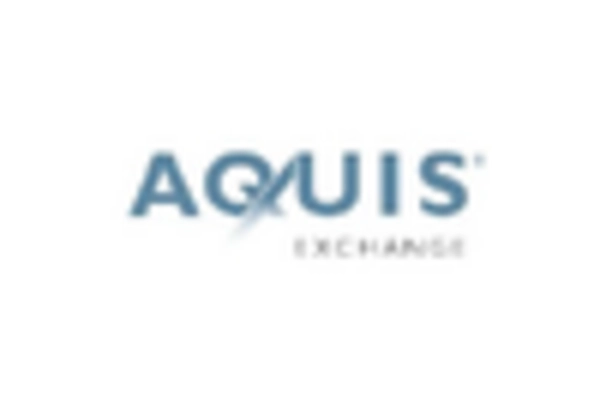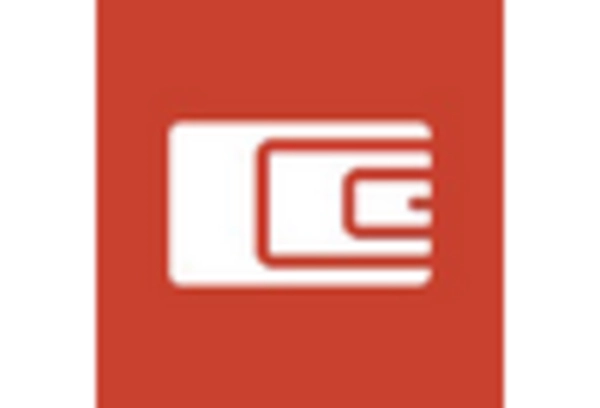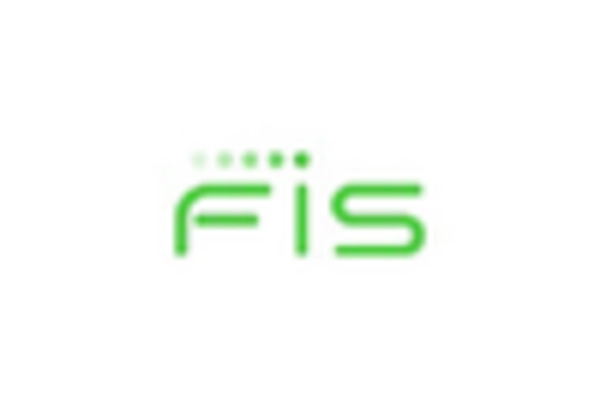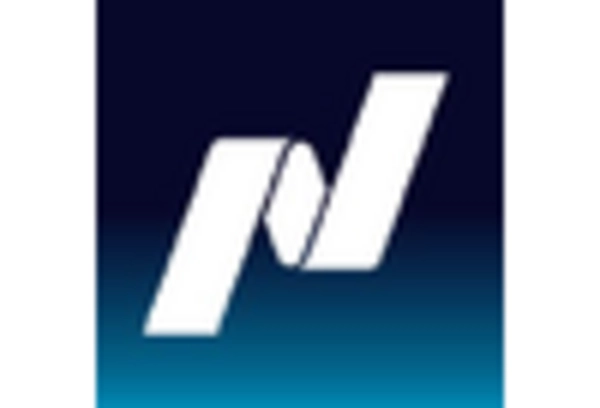The trade surveillance-systems market in Europe is characterized by a dynamic competitive landscape, driven by the increasing regulatory scrutiny and the need for enhanced compliance measures among financial institutions. Key players such as Nasdaq (US), Thomson Reuters (CA), and Bloomberg (US) are at the forefront, leveraging their technological prowess and extensive data analytics capabilities to offer sophisticated surveillance solutions. Nasdaq (US) has positioned itself as a leader through continuous innovation, focusing on integrating advanced machine learning algorithms into its systems to enhance real-time monitoring and anomaly detection. Meanwhile, Thomson Reuters (CA) emphasizes strategic partnerships, collaborating with various fintech firms to expand its service offerings and improve user experience. Collectively, these strategies contribute to a competitive environment that is increasingly focused on technological advancement and regulatory compliance.
In terms of business tactics, companies are increasingly localizing their operations to better cater to regional regulatory requirements and client needs. This localization, coupled with supply chain optimization, allows for more agile responses to market demands. The market structure appears moderately fragmented, with several players vying for market share, yet dominated by a few key firms that wield considerable influence over pricing and service standards. The collective actions of these major players shape the competitive dynamics, fostering an environment where innovation is paramount.
In September 2025, Nasdaq (US) announced the launch of its new AI-driven trade surveillance platform, which aims to enhance the detection of market manipulation and insider trading. This strategic move is significant as it not only reinforces Nasdaq's commitment to compliance but also positions it as a frontrunner in the integration of AI technologies within surveillance systems. The platform's capabilities are expected to provide clients with more robust tools for navigating complex regulatory landscapes.
In October 2025, Thomson Reuters (CA) expanded its partnership with a leading European fintech company to enhance its trade surveillance capabilities. This collaboration is pivotal as it allows Thomson Reuters to integrate cutting-edge technologies and data analytics into its existing systems, thereby improving the efficiency and accuracy of its surveillance solutions. Such partnerships are indicative of a broader trend where companies seek to leverage external expertise to bolster their offerings.
In August 2025, Bloomberg (US) unveiled a new suite of compliance tools designed specifically for European markets, focusing on real-time data analytics and reporting. This initiative reflects Bloomberg's strategic intent to cater to the unique regulatory requirements of the region, thereby enhancing its competitive positioning. The introduction of these tools is likely to attract a diverse clientele seeking to streamline their compliance processes.
As of November 2025, the competitive trends within the trade surveillance-systems market are increasingly defined by digitalization, sustainability, and the integration of AI technologies. Strategic alliances are becoming more prevalent, as companies recognize the value of collaboration in enhancing their technological capabilities. Looking ahead, it appears that competitive differentiation will evolve, shifting from traditional price-based competition to a focus on innovation, technological advancement, and supply chain reliability. This transition suggests that firms that prioritize these aspects will likely gain a competitive edge in the evolving market landscape.


















Leave a Comment